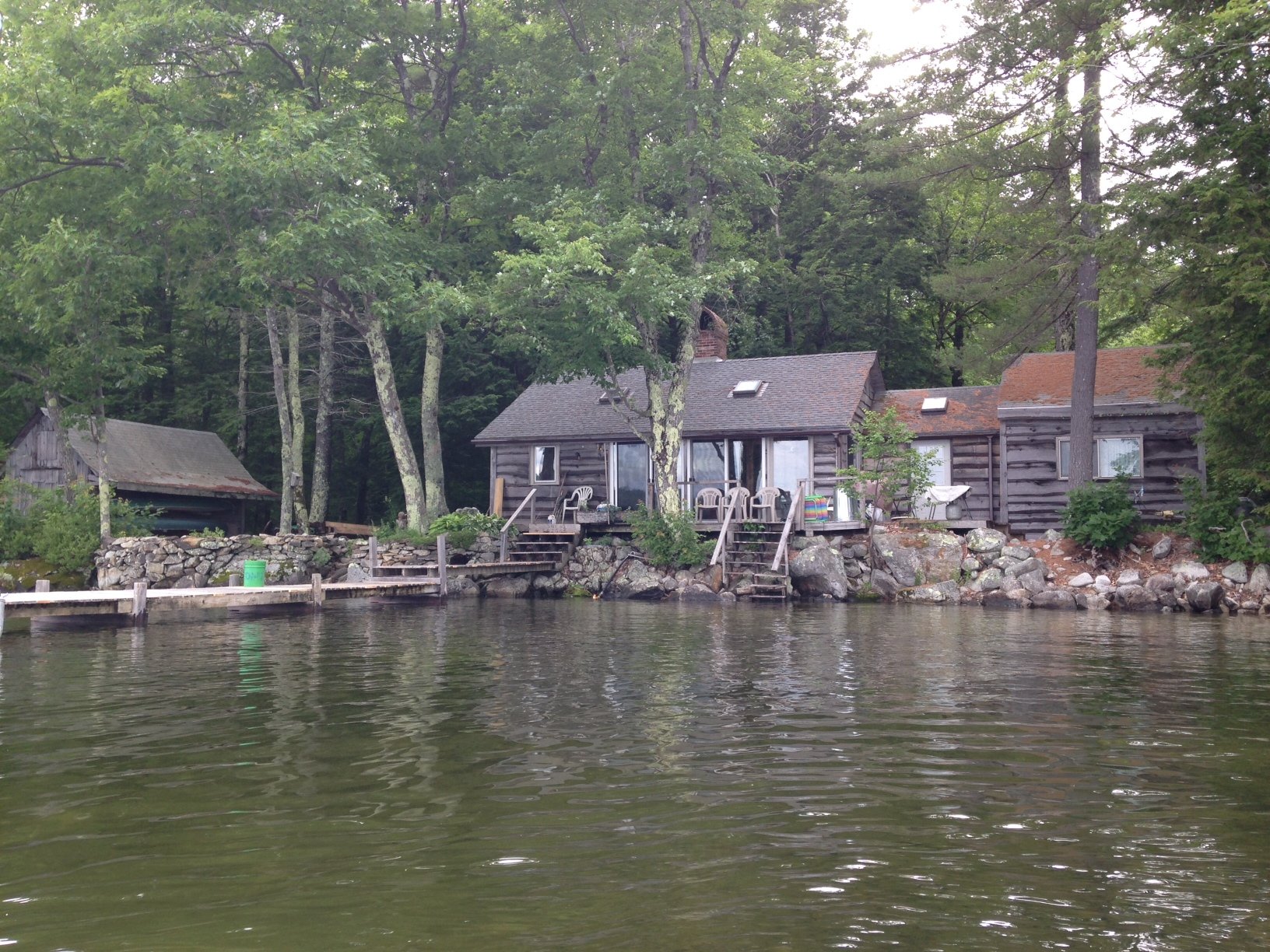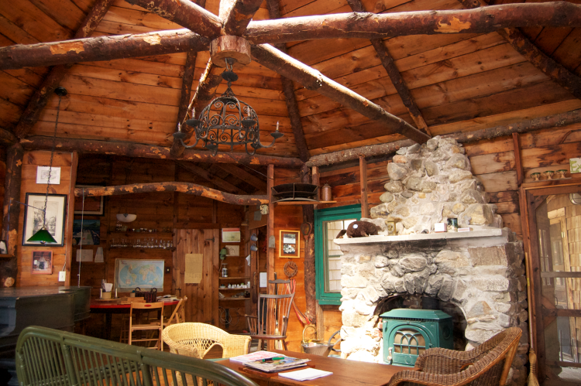Passing It On: Four Tips About Keeping Your Beloved Summer Place in the Family
If your family is fortunate to own a summer cottage or cabin, it is probably a favorite spot to relax, recreate, and make happy memories. Parents watch their children grow up there, and then welcome the grandchildren. The house frequently becomes a cherished legacy to pass down to future generations.
But as generations multiply, usage patterns change and the challenges of multi-generational ownership mount. Financial burdens increase, especially the property tax bill. How to equitably divide property maintenance chores, decide when each family gets to use the house, and even whether to re-decorate can sometimes become contentious issues.
Sharing and managing a summer property demands open communication, careful planning, and committed stewardship.
Here are some tips to help you make realistic plans for the generational transfer of a vacation property and ease family dynamics in the process.
1) Talk about it
Dealing with a legacy property means dealing with the inevitable—the death of parents or grandparents—and there’s a natural discomfort with the subject. But that must be overcome so the family can openly and candidly discuss the property’s importance to the next generation and craft a workable vision for the future. Take your time, keep the dialogue going. Some families have brought in a facilitator to help them work through particularly delicate family discussions.
The first question is: Do the heirs view the cottage as an asset to monetize (sell and divide the proceeds) or do one or more want to safeguard and steward it, and its many cherished traditions, for the future?
What are the operating costs, on-going maintenance needs, and capital investments you can foresee in the future, and do one or more of the heirs have the means to meet those costs? Could the parents leave an endowment to help cover those costs? Could the property be rented for part of the year to generate income? Would family members be equally liable for an annual assessment to cover these costs, and could such assessments be offset by sweat equity in cottage maintenance? Could jobs be allocated to various family members (including the next generation)? Typical tasks might be scheduling usage, handling maintenance and capital improvements, and dealing with legal and financial matters.
2) Get advice from a trusted attorney or CPA
Once you have the basics of what you want to try to do, consult an attorney who has experience with generational transfer of vacation properties.
Many attorneys will advise clients against leaving a vacation property to their children as tenants in common. An attorney will also educate family members on crucial points of decision-making, such as whether a spouse could inherit (especially in cases of divorce) and setting up a way for family members to opt-out of participating in shared ownership. Above all, legal counsel will provide guidance to achieve the family’s goals and help avoid the circumstances that might precipitate a forced sale.
3) Make a property succession plan
Once you have general agreement about the basics of your plan, work with your experienced advisor to identify the best ownership arrangement for your needs.
Put your wishes into a legal document that incorporates the agreed-upon guiding principles about costs, responsibilities, use, and management. Specifics can include decisions about common issues such as repairs and maintenance; division of financial responsibilities; scheduling use of the property; and transfer of ownership rights if one of the owners dies.
If the heirs don’t agree about keeping the property, an agreed-upon buyout plan aids in a smooth transition. This may include a provision to minimize the financial burden for family members who wish to buy out a sibling. In this case, the buyout price would typically be set at less than market value with favorable terms, acknowledging the burden that the remaining owner has to carry to keep the house going. Often the easiest way to look at such an arrangement is that the property is a liability rather than an asset, and that if people want to opt out, they can, but without compensation.
Three of the most common legal mechanisms for intergenerational transfer are described below and in the YouTube broadcast of an August 2023 program on this topic (see link below) Each has advantages and disadvantages.
Qualified Personal Residence Trust (QPERT): an irrevocable trust to which a primary or secondary home is transferred for a specified term of years. At the expiration of the term, the property passes to the beneficiaries and is no longer part of the gross estate. This is one of the few remaining methods by which a taxpayer can give away an asset but continue to use it during their lifetime.
Family Compound Trust: shared ownership with family members elected as trustees to manage the trust, typically a chair, treasurer, and secretary. Many baby boomers are starting to pass on these roles to the next generation. The trust entails Certificates of Beneficial Interest (CBI) which function as shares, and each comes with voting rights. In most cases, any transfers must remain within the original family and their direct descendants. Leaving money by bequest to a trust helps with taxes and other expenses and facilitates continued family ownership, especially for those with limited means to stay involved.
Family Limited Liability Company (FLLC) protects assets and keeps them in the family, operating like a corporation. This is the legal mechanism most often recommended when a family plans to rent their property because it provides significant creditor protection for the owners.
Before finalizing your legal documents, or when difficult discussions need to take place, some families find it helpful to hire a facilitator who can assure that everyone is heard, and that the group meets its goals while adhering to an agreed-upon time frame for decision-making.
4) Consider easements and other tools
Conservation and/or preservation easements can be a tool to ensure the family property is not demolished or irrevocably altered, especially if/when the property is sold outside the family. Easements can also offer certain federal tax benefits and reduce local property taxes.
At Squam Lake, a tool called a “campstead easement” combines preservation of a historic summer cottage within a land conservation framework. Scale of building(s), materials and setting are often important elements. Another conservation tool known as “current use” may also help protect family cottage ownership. New Hampshire’s current use regulations require a minimum of ten acres of undeveloped land suitable for forestry or agriculture be put into a term conservation easement to receive the benefit of reduced taxes. But this provision may apply to properties with fewer than ten acres if the land is permanently protected.
Another tool, historic preservation easements, may be appropriate when a family wishes to protect one or more significant historic structures from demolition or major alterations made by subsequent owners. The NH Preservation Alliance holds nearly two dozen such easements.
Finally, local historic districts or neighborhood heritage districts may be appropriate zoning tools to protect the character of a group of vacation homes such as along a shared shore road or within a coherent district. Such tools may reduce assessed value which could have a beneficial effect on taxes.
Recommended Reading
Saving the Family Cottage: Creative Ways to Preserve Your Cottage, Cabin, Camp, or Vacation Home for Future Generations by Hollander, Hollander, and Fry, Nolo Press, 6th edition, 2021. Copies may be obtained through the NH Preservation Alliance, www.nhpreservation.org.
Passing It On: The Inheritance and Use of Summer Houses and Family Cottages - Including the workbook: How To Pass It On by Judith Huggins-Balfe, Ken Huggins, and Michael Rotolo; Inheritance Publications, 2015.
Cottage Rules: An Owner’s Guide to the Rights and Responsibilities of Sharing a Recreational Property, by Nikki Koski, Self Counsel Press, 2014.



